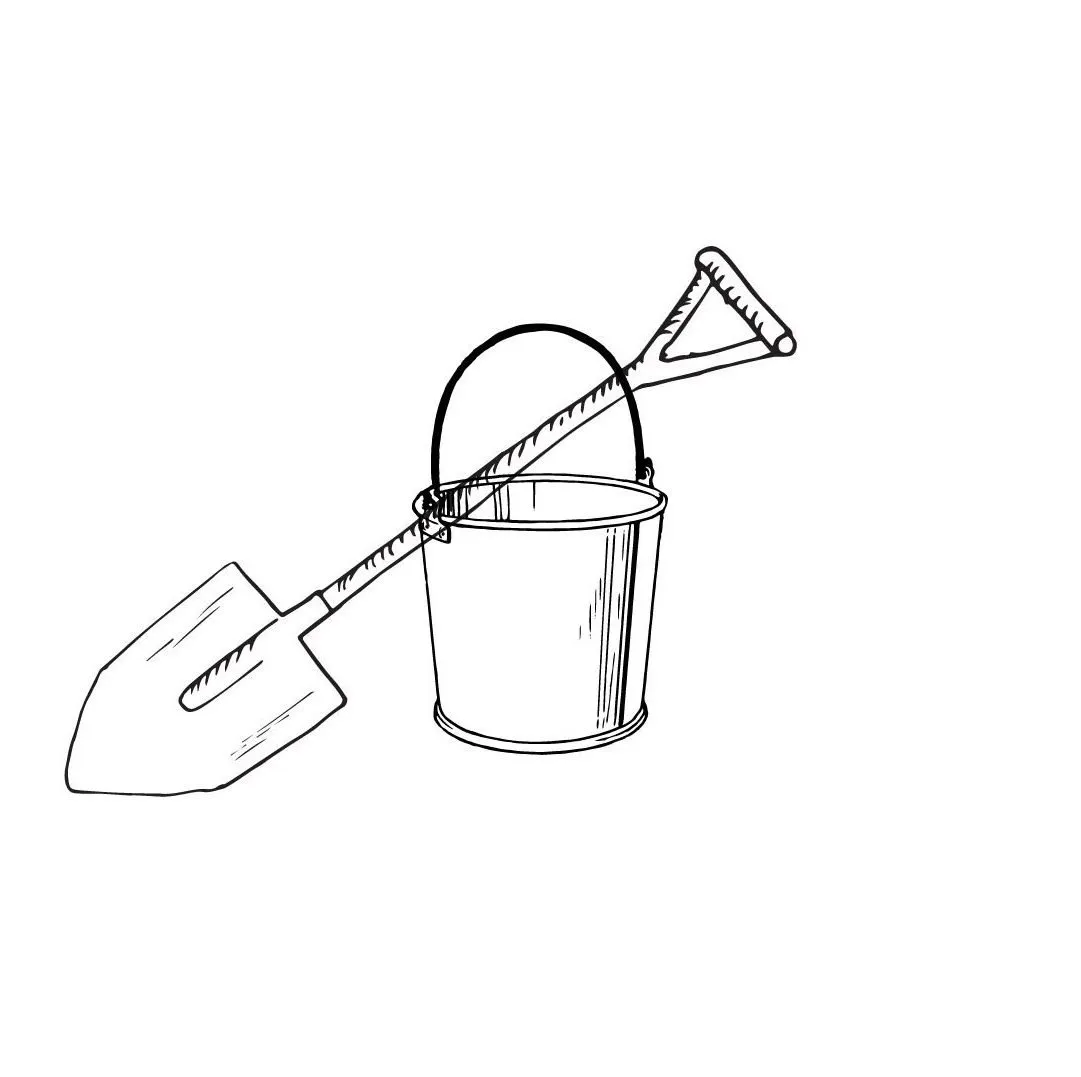Dogwood trees are beloved for their showy spring blooms and vibrant fall foliage. Their striking colors and graceful form make them a popular choice to enhance landscapes. However, many homeowners hesitate to plant dogwoods due to concerns about growing them in clay soil.
While dogwoods prefer loose, well-drained soil, they can thrive in clay with proper care and preparation. This comprehensive guide provides tips to successfully plant and grow healthy, flourishing dogwood trees in clay soil.
Understanding Dogwoods
Dogwood trees belong to the genus Cornus and include around 60-70 species. Some popular types are:
-
Flowering dogwood (Cornus florida) – Known for spring blooms and red fall color Grows 15-30 feet tall
-
Kousa dogwood (Cornus kousa) – Flowers later than flowering dogwood. Tolerates drought and heat. Grows 15-25 feet tall.
-
Pacific dogwood (Cornus nuttallii) – West coast native with large white flowers Grows up to 60 feet tall,
In their natural habitat, dogwoods grow as understory trees near the edges of forests and woodlands. They thrive in part shade with some protection from harsh sun and wind.
Key benefits dogwood trees provide:
- Beautiful flowers, foliage, bark, and fall color
- Wildlife habitat and food source
- Erosion control due to fibrous, spreading roots
- Screening and privacy when planted in groups
Preparing Clay Soil for Planting
Clay soil contains dense mineral particles that compress together when dry. This results in poor drainage and difficulty establishing roots. However, with some TLC you can modify clay soil to create a thriving environment for dogwood trees.
Here are some tips:
-
Test drainage – Dig a 12″ hole and fill with water. If it doesn’t drain in 12 hours, the site needs amending.
-
Add organic matter – Incorporate 3-4 inches of compost or rotted manure to improve drainage and moisture retention.
-
Loosen soil – Double dig or till the soil to a depth of 8-12 inches to loosen compacted layers.
-
Plant on slopes – Choose a site with a slight slope to encourage drainage away from the tree.
-
Grow in raised beds – Construct raised beds filled with high quality soil if drainage remains a major issue.
How to Plant Dogwood Trees in Clay Soil
Once you’ve prepped your site, follow these steps for planting success:
Pick the right time – Plant in early spring before buds emerge or in fall after leaves drop. Avoid summer’s heat.
Dig wide planting hole – Dig 2-3 times wider than the root ball but no deeper.
Loosen subsoil – Loosen and mix the soil at the bottom of the hole to allow root penetration.
Check planting depth – Ensure the root flare sits slightly above ground level. Don’t plant too deep.
Backfill with amended soil – Fill the hole gently with native soil mixed with compost. Do not tamp!
Water thoroughly – Water slowly and deeply after planting to saturate soil without runoff.
Add mulch – Apply 2-4 inches of shredded bark, leaves, or wood chips. Pull back from trunk.
Stake if needed – Stake for support if site is windy. Allow some sway for strong growth.
Caring For Dogwoods in Clay Soil
Keep your dogwood thriving with proper care and maintenance:
-
Water 1-2 times per week during the first year, providing 1-2 inches total. Check soil moisture and water slowly.
-
Fertilize in early spring using an organic, slow-release fertilizer. Apply annually.
-
Prune only when needed to maintain shape, remove dead branches, or thin interior for airflow.
-
Renew mulch ring each year, keeping it 4-6 inches from the trunk. Organic mulch conserves moisture.
-
Aerate compacted areas around the tree to allow air and water movement to the roots.
-
Monitor for pests/disease including borers, canker, anthracnose, and powdery mildew. Address issues promptly.
-
Protect from lawn equipment to avoid wounding the trunk and roots.
Dealing With Common Dogwood Problems in Clay Soil
Heavy, dense clay soil can lead to some challenges for dogwood trees:
Poor drainage – Results in overly wet roots leading to root rot. Improve drainage before planting.
Compacted soil – Hard layers prevent root growth. Loosen soil and aerate regularly.
Nutrient deficiencies – Clay doesn’t hold nutrients well. Fertilize appropriately.
Drought stress – Clay dries out. Mulch and water thoroughly and slowly.
Trunk/root damage – Clay is difficult to dig in. Carefully plant and avoid wounds.
Pests and diseases – Wet clay encourages fungal and insect problems. Allow air circulation. Monitor closely.
Chlorosis – Yellowing leaves. Usually an iron deficiency. Apply chelated iron supplement.
With proper preparation, planting, and care, dogwood trees can grow successfully in clay soil. The key is addressing drainage by amending the soil with organic matter before planting. Provide plenty of water during establishment while also taking care not to oversaturate the root zone. A little TLC goes a long way in helping dogwood trees feel at home in heavy clay soil. The end result will be a spectacular showcase of spring blooms and vibrant fall color to beautify your landscape for years to come.

How to Grow a Dogwood Tree After Planting
After you have mastered how to plant a dogwood tree, you will need to take care of it. Fortunately, the dogwood tree is pretty easy to grow. Here are some basic information on watering and pruning a dogwood tree.
How to Plant a Dogwood Tree: Materials Needed
- Another helper to hold the tree vertically when you plant (will need two sets of hands)
- A bucket/bin to soak the tree roots in water if the tree is bare root.
- A shovel or spade for digging
- Tree guards for protecting against animal damage
- 1-2 Gallons of Water

- When the dogwood tree arrives, it will come either in a container or bare root (without the soil it was in). Take it out of the box it was packaged in and place your tree in a cool (not freezing) place out of the sun, e.g. your garage.
- If the tree is bare root and has been in transport for more than 4 days, be sure to soak immediately in water for 6-24 hours and plant immediately after.
- If the tree is bare root and you need to wait for more that a week to plant, be sure to keep the roots wet by spraying with water. Keep the roots in the plastic wrap so that they stay moist and healthy. You can keep the trees in a cool shaded basement or garage. Then soak in water for 6-24 hours and plant afterwards.

You should prepare the planting area before planting the tree.
- Dogwoods do well in soils with a pH of about 5.5 to 7. They do prefer moist, well-drained soil therefore soil that is soggy and doesn’t drain well will cause damage.
- Before planting, you can test the soil for acidity and drainage (you can use inexpensive DIY methods). Most soils fall in the 6.0-7.0 pH range.
- Although optional, feel free to add organic matter such as compost to your soil to increase nutrients. Or add lime to balance the acidity if needed.
- Till the soil so that the nutrients become integrated into the soil and the soil becomes less compact so that the roots grow well.

- You want the top of the root ball to be slightly above ground when you plant so that there is a small mound above ground around the tree.
- For a tree in a container, dig a hole that is about two times the width of the container it came in so the roots have some space to extend into. The depth of the hole should be about 1/4 less than the depth of the container since you want the top of the root ball to above ground level.
- In the case of bare root trees, dig a hole that is also two times the width of the root ball/the circumference of the roots. The depth can be about the same as the root ball.

- If it is in a container, gently take out the tree from the container and place in the middle of the hole. Make sure that when you place, the root ball is slightly above ground.
- If bare root, first put some soil in a mound in the hole so that when you place the tree down, the roots slope down and fan out and it is above ground. Trim the roots as needed so that they do not twist. This will enable the tree to spread its roots further.

- If you are planting from a container, simply backfill the soil to ground level.
- If bare root, holding the tree vertically, place the nutrient rich topsoil you dug out back near the roots. Once half the soil is placed around the tree, carefully press the soil down with your feet to destroy air pockets. DO NOT put fertilizer or compost into the hole where the roots are as this will damage the tree. Put the rest of the soil on top and press down repeatedly with your foot so no roots are uncovered. There should be a small mound above ground for the tree.
- If the dogwood tree is on a slope or in a location with a water shortage, then make a berm around the tree. Create a 2’ rim of soil around the tree above ground level to keep the water close.
- Cover the top of the soil near the tree with mulch so that the moisture stays in the soil. Moreover weeds are less likely to grow. However, the mulch should not touch the bark of the tree but should be about 2′ away from it.

- Immediately after planting, water the tree with about 1-2 gallons of water. If the soil goes down, add more soil.
- For the first year, water about one to two times a week with 1-2 gallons of water. After the tree is established, you can water yourself only when the tree becomes stressed and experiences drought.
- In the winter, make sure that the tree is also watered enough to prevent any damage from desiccation. This is damage when the amount of moisture lost by the leaves) exceeds the amount of water taken in by the roots.

- Immediately after planting the tree, place a tree guard around the trunk. This protects the dogwood tree from rabbits and rodents who will eat the bark and kill your tree. The tree guards should let air flow in. Mouse guards which rap around the bark are the best protectors. However we don’t recommended using them in the summer since insects can create habitats between the mouse guard and the bark.
- Dogwoods can be susceptible to damage by the cold and strong winds. If you plant in a location with a wind tunnel, especially in the winter, be sure to have wind barriers around it like hedges or evergreen trees.

Mastering Clay and Compacted Soils: Step-by-Step Guide to Successful Planting!
FAQ
What month is best to plant a dogwood tree?
Planting dogwoods in the fall gives the plants a better chance to establish a good root system before the coldest part of our winter weather. Planting in the December means less watering and maintenance to keep the young tree.
What is the best tree to plant in clay soil?
Some trees for clay soil are Norway and silver maples, aspen, cottonwood, river birch, hawthorns, lindens, willows and ginkgos; shrubs besides barberries include redtwig dogwood, snowberry, ninebark, forsythia, serviceberry, winged euonymus and sumacs.
What are the downsides of dogwood trees?
In general, flowering dogwoods do poorly in compacted soils, dry soils, poorly drained soils, neutral to alkaline soils and also during prolonged periods of heat and/or drought. Two of the most serious problems they are sometimes afflicted with are dogwood anthracnose and dogwood borer.
What is the best place to plant a dogwood tree?
Where to Plant Dogwood Tree. In nature, dogwood trees are understory trees that often grow in shade. In a home landscape, they grow best in a partial shade location that receives some morning sun. Plant a dogwood tree in fertile, well-draining soil with lots of organic matter and a slightly acidic pH.
